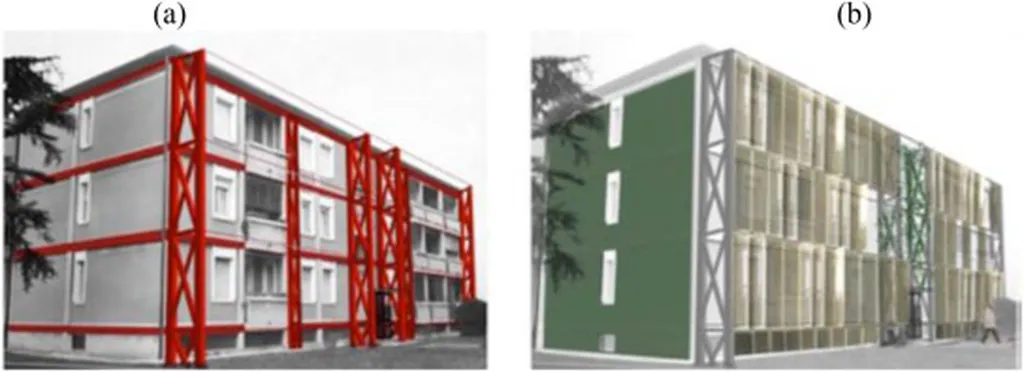In the ever-evolving landscape of urban architecture, the demand for aesthetically pleasing and space-efficient buildings has led to a surge in irregular, asymmetric structures. However, these unique designs come with a significant drawback: increased vulnerability to lateral loads, such as those caused by seismic activity. A recent study published in the journal *Advances in Civil Engineering* (which translates to *Progress in Civil Engineering*) sheds light on innovative strategies to mitigate these risks, offering promising solutions for the construction and energy sectors.
Pramod Kumar, a researcher from the Department of Civil Engineering, has been at the forefront of this investigation. His team focused on 10-story L-shaped reinforced concrete buildings, a common asymmetric design, to evaluate the effectiveness of response control systems (RCSs). These systems, which include base isolators and dampers, are increasingly adopted to ensure occupant safety and prevent structural failure.
The study revealed that combining base isolators with strategically placed viscous energy dissipators (VEDs) at the edges of buildings can significantly enhance their performance under lateral loads. “We found that this combination can reduce peak story displacement by up to 62.27%, inter-story displacement ratio by 52.03%, and peak story shear by 64.72% compared to a fixed-base structure,” Kumar explained. These findings underscore the potential of integrating RCSs to improve the resilience of irregularly shaped buildings.
The implications of this research are far-reaching, particularly for the energy sector. Asymmetric structures often house critical energy infrastructure, such as data centers and renewable energy facilities. Ensuring their stability during seismic events is paramount to maintaining uninterrupted operations and preventing catastrophic failures. By adopting the strategies outlined in Kumar’s study, developers and engineers can enhance the safety and reliability of these structures, ultimately contributing to a more resilient energy infrastructure.
Moreover, the study’s findings could influence future building codes and design guidelines, promoting the widespread adoption of RCSs in asymmetric structures. This shift could lead to more innovative and sustainable urban development, as architects and engineers gain confidence in designing and constructing irregular buildings that can withstand lateral loads.
As the construction industry continues to evolve, research like Kumar’s serves as a beacon of progress. By leveraging advanced technologies and innovative design strategies, we can create safer, more resilient urban environments that meet the aesthetic and functional demands of modern society. The study published in *Advances in Civil Engineering* not only advances our understanding of structural response control but also paves the way for future developments in the field, shaping the cities of tomorrow.

